Pashmina, often referred to as the "diamond fibre" of textiles, is actually an art form that has captivated hearts across continents and centuries. Its exquisite softness, exceptional fineness, and luxurious feel have made it a beloved and timeless treasure. Hence, we planned a journey through the history of Pashmina, tracing its origins, and understanding why European royalty and Mughal emperors fell in love with it. We also uncover why Cashmere - the fibre that Pashmina comes from, remains a must-have, timeless fabric in the modern world of fashion and luxury.
The Origins of Pashmina
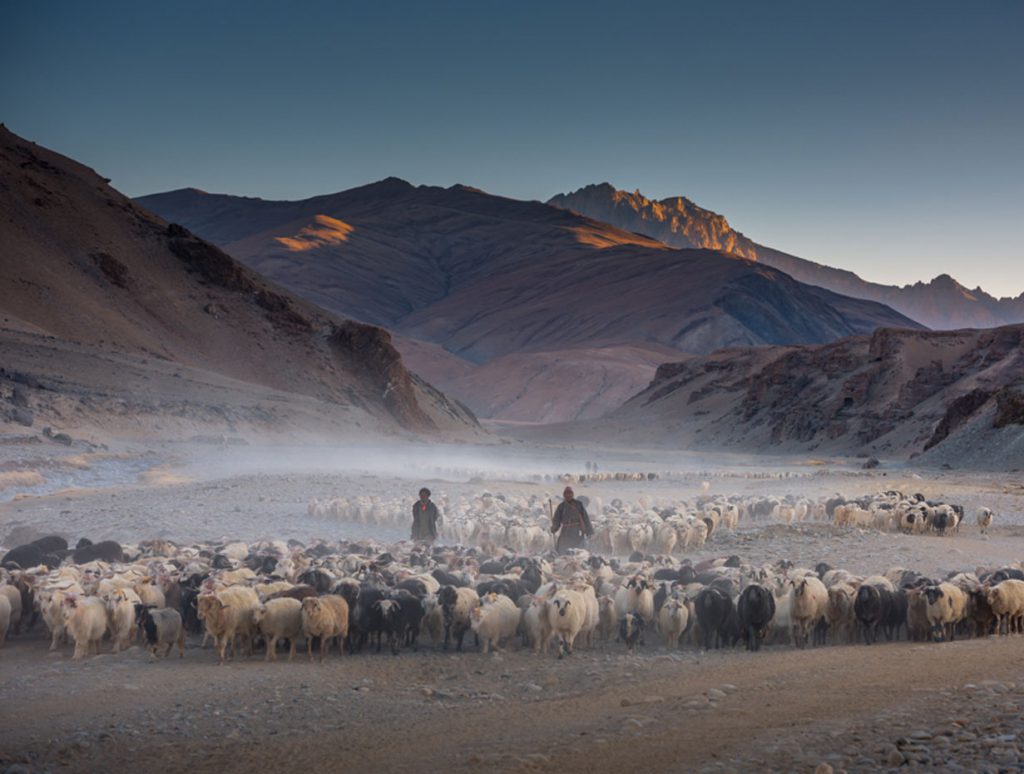
Pashmina's journey begins amidst the rugged and awe-inspiring landscapes of the Himalayan region. It is here, at altitudes exceeding 12,000 feet, where the Changthangi goats are found. In fact, these are a hardy breed adapted to the harsh mountain climate. These goats have evolved over centuries to develop an incredibly fine and insulating undercoat as a survival mechanism.
The magic of Pashmina lies in the undercoat of these goats. During the spring shedding season, herders gently comb and collect the soft undercoat - Cashmere - as it naturally falls off the goats. Clearly, this process is entirely natural and cruelty-free, ensuring the well-being of the animals.
The Silk Route and Early Trade
Pashmina's reputation as a luxury art form began to spread through the ancient Silk Route, a network of trade routes connecting the East and West. Traders, explorers, and adventurers traversed these routes, carrying not only goods but also cultural influences.
Clearly, through these routes, Pashmina found its way into the Indian subcontinent. The art quickly caught the attention of emperors and nobility due to the exceptional softness of Cashmere and its elegant texture.
Kashmir: The Epicenter
The region of Kashmir, nestled amidst the Himalayas, became the epicentre of Pashmina craftsmanship. Skilled artisans in Kashmir transformed the collected fibres into luxurious Cashmere fabric. Furthermore, workers meticulously carried out the entire process, from sorting and spinning to weaving.
Pashmina found a prominent place in the hearts of Mughal emperors. The likes of Akbar the Great and Emperor Shah Jahan became patrons of Pashmina. Hence, it became an integral part of their royal wardrobe, symbolizing luxury, prestige, and refinement.
The Mughal Rule: Pashmina in India
Pashmina made its way into the Indian subcontinent through trade routes, capturing the attention of Mughal emperors. The softness and elegance of Cashmere immediately appealed to the royalty's discerning tastes.
Mughal emperors, including Akbar the Great and Emperor Shah Jahan, undoubtedly became patrons of Pashmina. They not only wore Pashmina shawls but also encouraged the development of the art in Kashmir. Hence, Pashmina became an integral part of the royal wardrobe, symbolizing luxury, prestige, and refinement.
A Love Story - Europe and Pashmina
The allure of Pashmina extended beyond India, capturing the hearts of European nobility in the 18th and 19th centuries. In short, the unparalleled softness and delicate texture of cashmere resonated with the romantic sensibilities of the era.
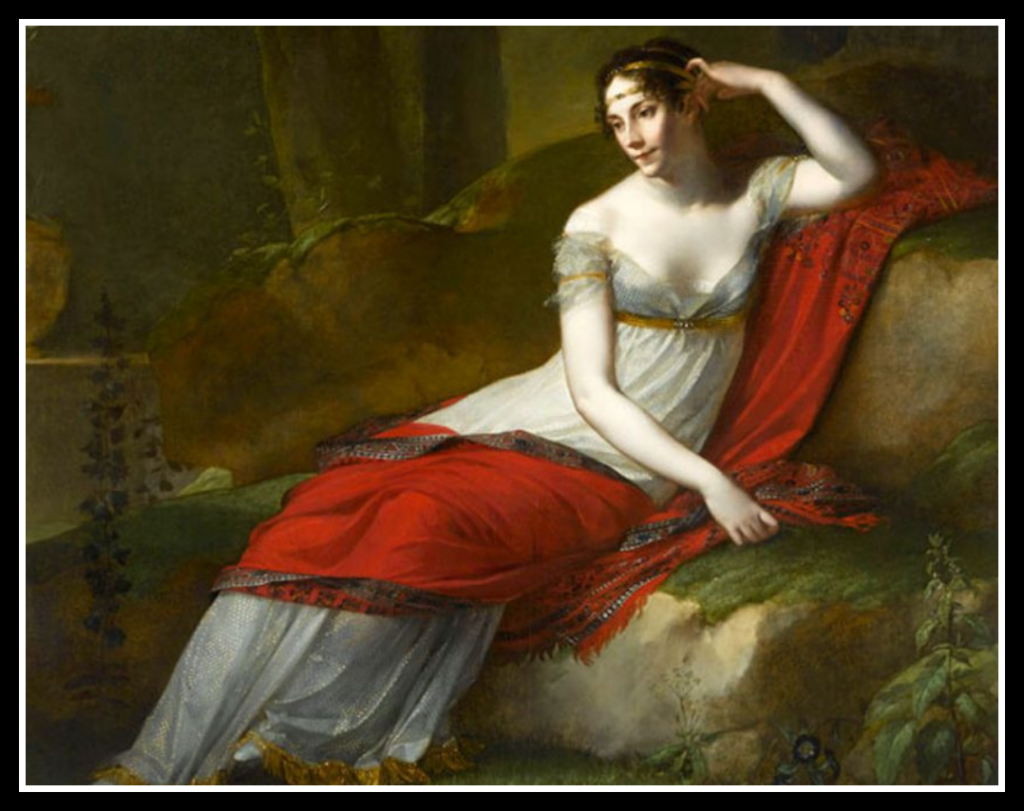
Napoleon Bonaparte, the powerful French emperor, was famous for having a fondness for Pashmina shawls. His admiration for the fabric contributed to its popularity in Europe, solidifying its status as a symbol of luxury and prestige. Additionally, his wife, Empress Josephine owned a several hundred Pashmina shawl. It was her who set these shawls to a timeless fashion, as she flaunted them in congregations and ceremonies.
Pashmina in the Modern World
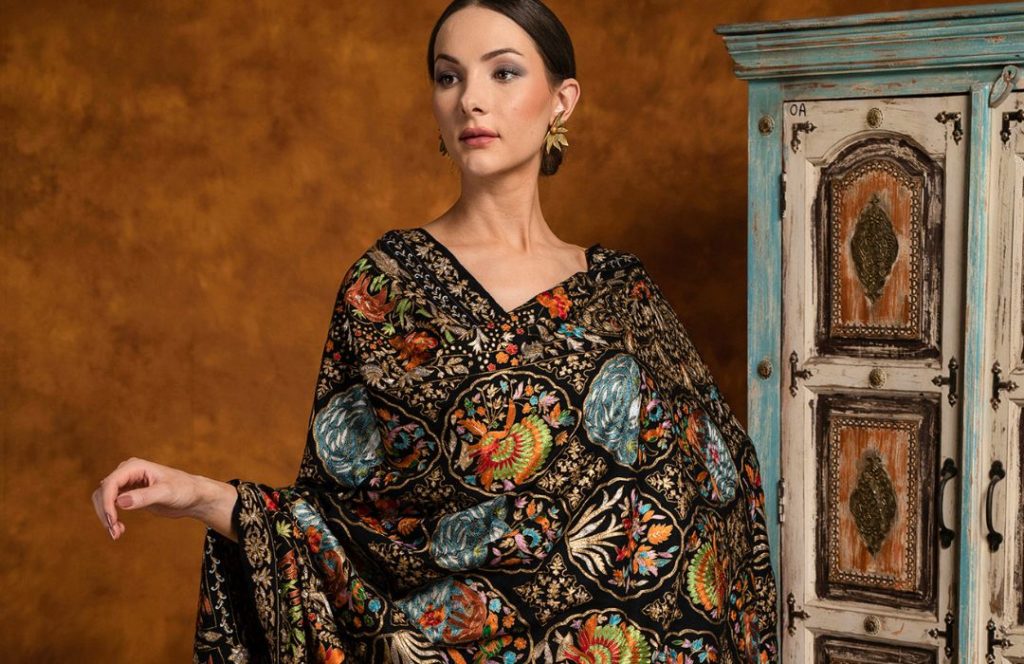
Despite the passage of centuries, Pashmina's timeless appeal endures. Its fine texture, warmth, and elegance make it a coveted choice for clothing, accessories, and home decor.
Undoubtedly, Pashmina is no longer just about luxury shawls. It has evolved to encompass a wide range of products, including scarves, sweaters, dresses, and more. Also, its versatility in fashion allows fashionistas to incorporate it into various styles and outfits.
In the modern world, Pashmina remains a must-have accessory. It is not just an art form; it is a statement of sophistication and refinement. Pashmina shawls, scarves, and wraps are cherished possessions that elevate any outfit.
Along with this, Pashmina's elegance extends to home decor. Pashmina blankets and throws drapes over sofas, beds, and chairs, adding a touch of opulence to interiors.
Cashmere Goat - The Source
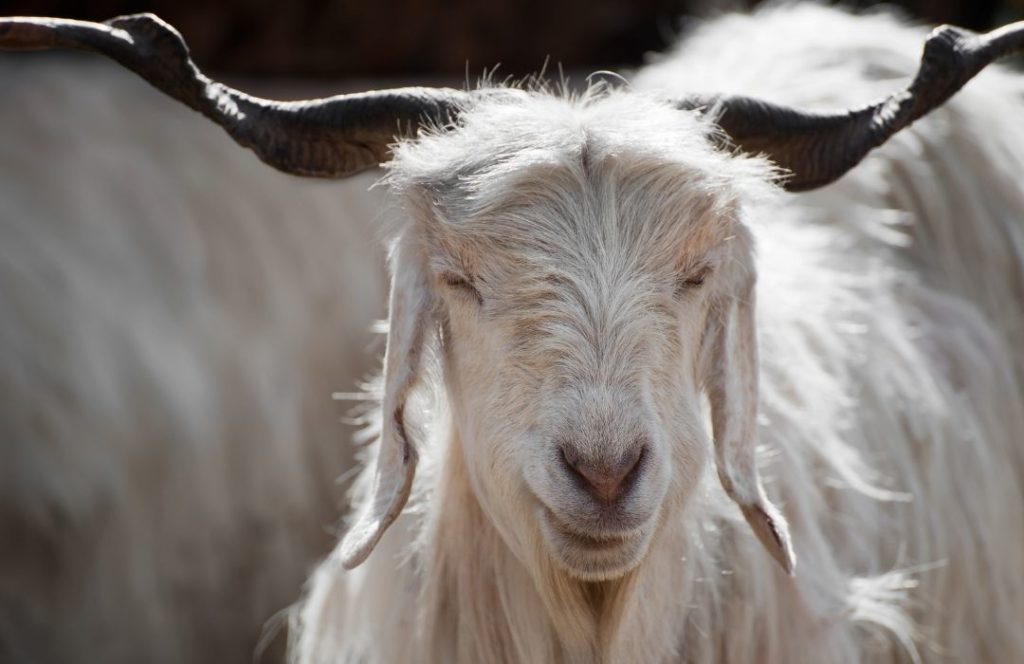
The Pashmina goat finds its origin in the high-altitude plateaus of the Himalayan region, primarily in northern India, Tibet, and Nepal. Here, at altitudes exceeding 12,000 feet, nature has sculpted an environment where only the hardiest of creatures can thrive. Pashmina goats belong to the ancient group of Capra Hircus, commonly known as domestic goats. Surprisingly, they have evolved over centuries, adapting to the extreme cold and rugged terrain of the Himalayas.
Characteristics of Pashmina Goats
What makes Pashmina goats truly remarkable is their fine undercoat, which is the source of the coveted Pashmina wool. This undercoat is incredibly soft, delicate, and lightweight, measuring only about 12 to 15 microns in diameter. Briefly, Cashmere should be about 12 microns for people to consider it "superfine" in the world of wool.
The fine undercoat of Pashmina goats creates tiny air pockets that trap heat, providing exceptional natural insulation. This unique property ensures that Cashmere wool is incredibly warm, despite its lightweight feel.
Pashmina goats have developed several adaptations to survive in their challenging habitat. They possess a robust digestive system that allows them to extract maximum nutrition from sparse vegetation. Their hooves have a specific design for navigating rocky terrain. Additionally, their thick, warm coat provides protection against freezing temperatures.
Harvesting Cashmere Wool
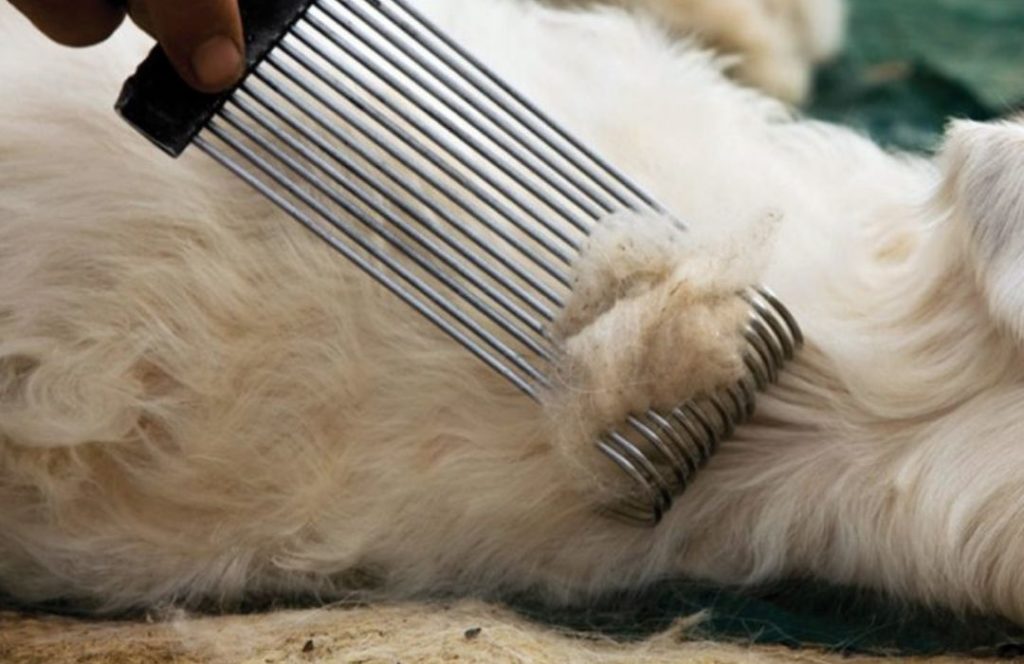
Herders harvest Cashmere wool during the spring shedding season when the goats naturally shed their fine undercoat. This process is entirely natural and cruelty-free. Instead of shearing, which is common with other wool-producing animals, herders gently comb Pashmina goats or collect their loose fibres as they naturally fall off.
Skilled herders play a crucial role in the Cashmere wool harvesting process. They are responsible for tending to the goats, ensuring their well-being, and expertly collecting precious fibres.
Sustainability and Pashmina Goats
The harvesting of Cashmere wool is inherently sustainable. It involves collecting the fibres that the goats naturally shed, ensuring the well-being of the animals and preserving the fragile Himalayan ecosystem.
Pashmina goat herding is a traditional way of life for many communities in the Himalayas. The sustainable management of these herds not only provides a valuable resource but also supports the livelihoods of these indigenous people.
The Rich Palette of Pashmina Colours
Cashmere fibre boasts a rich and natural palette of colours, each as captivating as the next.
- Natural Cream: The undyed, natural colour of Cashmere fibre is a soft, creamy hue, often called "Pashmina white." This gentle, neutral shade is the canvas upon which artisans create a world of vibrant colours through dyeing.
- Earthy Tones: Pashmina goats come in various colours, including shades of brown, grey, and black. These natural colours contribute to the wide range of tones that artisans achieve when dyeing Cashmere fibres.
- Vibrant Dyes: Pashmina's soft and absorbent fibres readily accept dyes, resulting in a breathtaking spectrum of vibrant colours. Whether it's a deep crimson, a regal royal blue, or a delicate pastel pink, artisans dye Pashmina to perfection, allowing for endless possibilities in fashion and design
Exceptional Characteristics of Cashmere Fibre
Beyond its softness and colour versatility, Cashmere fibre possesses several exceptional characteristics:
- Natural Insulation: Pashmina's unique fibre structure creates tiny air pockets that trap heat, providing exceptional natural insulation. Despite its lightweight feel, Pashmina is remarkably warm, making it an ideal choice for cold climates.
- Breathability: Pashmina is famous for its natural breathability, allowing it to regulate body temperature. This quality ensures comfort without overheating, making it suitable for a wide range of climates.
- Durability: Despite its delicate feel, Cashmere fibre is surprisingly durable. When properly cared for, the products can last for generations, maintaining their softness and beauty.
- Versatility: Pashmina's adaptability is one of its standout features. Weavers weave Cashmere into a variety of fabric weights, from fine shawls to thicker wraps, accommodating different fashion preferences and needs.
Process of transforming Cashmere to Pashmina
The first step in this magical journey is the gentle harvesting of Cashmere fibre, which occurs during the spring shedding season. Nature herself plays a vital role as the Changthangi goats naturally shed their fine undercoat. This process is entirely humane and sustainable, ensuring the well-being of the goats and preserving the fragile Himalayan ecosystem.
Skilled herders, often from indigenous Himalayan communities, play a crucial role in the collection of Cashmere fibre. They are responsible for tending to the goats, monitoring their health, and expertly combing or collecting the precious fibres as they naturally fall off. The trust and bond between the herders and their goats are integral to the process.
Spinning Cashmere
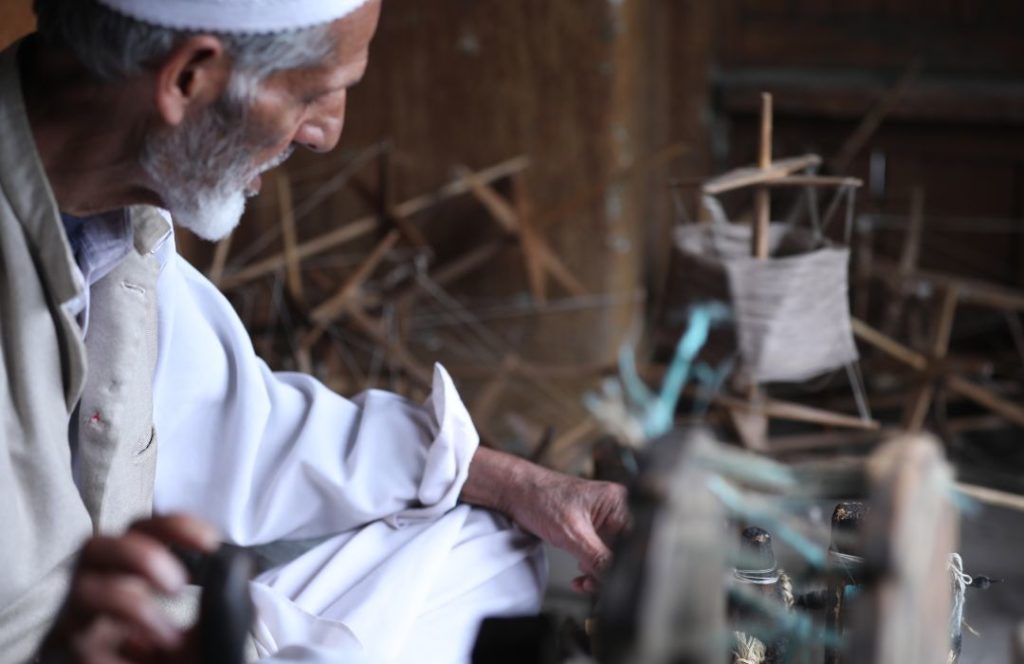
The collected Cashmere fibre undergoes a painstakingly meticulous process of hand spinning. Skilled artisans, often in Kashmir, India, meticulously sort, clean, and spin the fibres into delicate yarn. This intricate work requires precision and experience, as the fine nature of Pashmina demands careful handling.
In some instances, workers still use traditional spinning wheels, emphasizing the craftsmanship's timelessness. However, modern innovations, such as mechanized spinning, have also been introduced to meet the growing demand for Pashmina products. For this reason, the Pashmina from Kashmir is the best and the highest quality. The reason for this is that Kashmiri artisans process Kashmiri Pashmina manually and there is no touch of machines whatsoever.
Weaving Fine Fibres
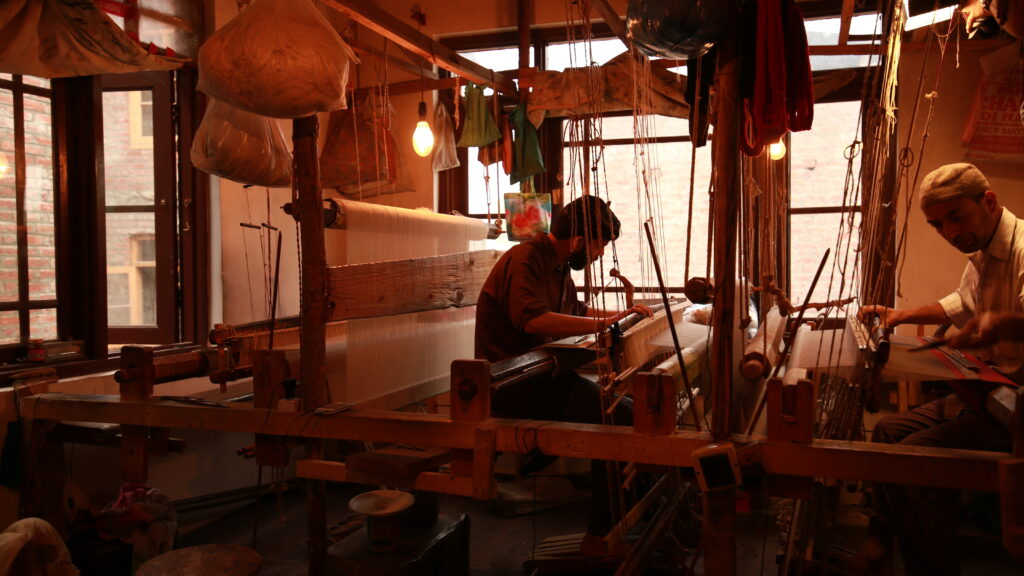
The creation of Cashmere fabric is an art form in itself. Expert weavers employ traditional handloom techniques to transform the delicate yarn into luxurious Pashmina shawls, scarves, and apparel. Artisans meticulously craft each piece with great attention to detail.
Pashmina shawls and apparel are famous for their intricate patterns and designs. From classic paisleys to contemporary motifs, patrons often pass down these designs through generations of weavers, adding a touch of cultural heritage to every piece.
Dyeing and Colouring
The magical transformation continues with the dyeing process, where Cashmere fabric acquires its vibrant hues. Both natural and synthetic dyes can be used, with natural dyes often preferred for their eco-friendliness. These dyes come from plants, minerals, or insects and workers apply these to the fabric through traditional dyeing methods.
Artisans skilled in colour blending and shading create stunning gradients and combinations that enhance the visual appeal of Pashmina products. This meticulous attention to colour ensures that every piece is a work of art.
Finishing Touches
Some Pashmina shawls and apparel are adorned with exquisite embroidery and embellishments. Intricate handwork, including zari (metallic thread) and beadwork, adds an extra layer of opulence and elegance to the fabric.
The finishing touches include carefully adding fringing or edging to the Pashmina product. Artisans often choose these details to complement the design and overall aesthetic of the piece.
Natural vs Synthetic Fabrics
The choice of fabric is a crucial consideration in our daily lives, from the clothes we wear to the upholstery in our homes. When it comes to textiles, two broad categories dominate the market: natural fabrics and synthetic fabrics. Each has its own set of characteristics, advantages, and disadvantages. Hence, we will compare and contrast natural and synthetic fabrics, shedding light on their origins, properties, environmental impact, and best use cases.
Natural Fabrics
Natural fabrics are derived from plant or animal sources, and their production often involves minimal processing. Cotton, linen, silk, wool, and hemp are prime examples of natural textiles. Here are some properties of natural fabrics:
- Breathability: Natural fabrics tend to be highly breathable, allowing air to circulate through the material. This makes them comfortable to wear in warm weather.
- Comfort: Natural fabrics often have a soft and comfortable feel against the skin, making them popular choices for clothing and bedding.
- Absorbency: Fabrics like cotton and linen excel in absorbing moisture, making them suitable for summer wear.
- Biodegradability: Natural fabrics are biodegradable, meaning they break down naturally over time, reducing their environmental impact
Environmental Impact
On the good side, natural fabrics are generally more environmentally friendly. They are biodegradable, require fewer chemicals in production, and often have a lower carbon footprint. But there are some cons as well. Cotton, when conventionally grown, can be water-intensive and rely on pesticides. Silk production can involve killing silkworms, although there are more humane methods.
Best use of Natural Fabrics
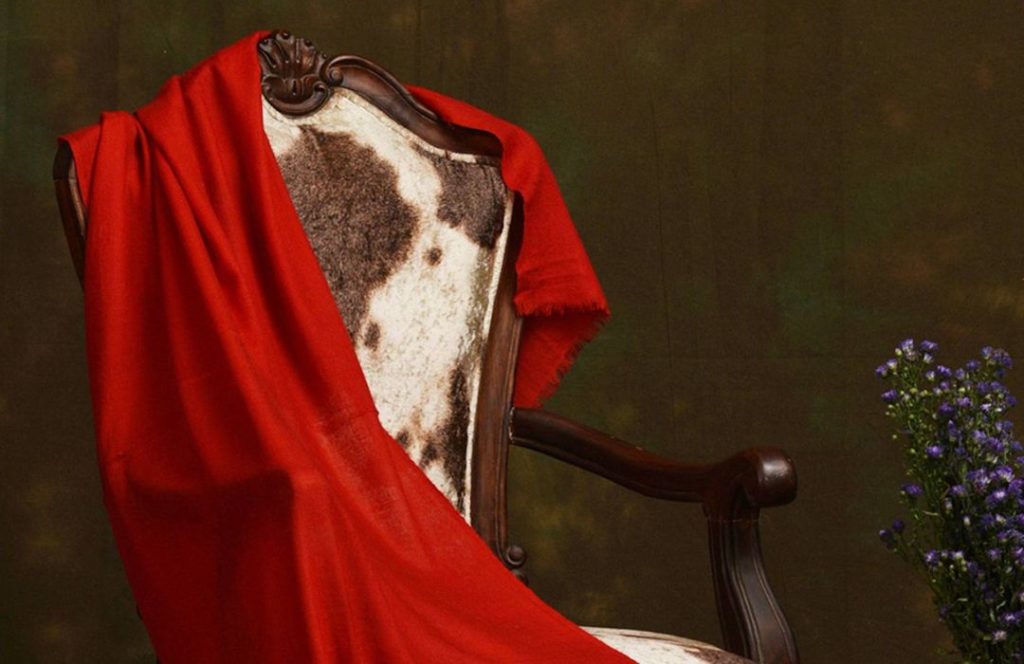
- Clothing: Natural fabrics such as cotton, silk, and Cashmere are ideal for lightweight, breathable, and comfortable clothing, especially in hot weather.
- Bedding: Cotton and linen sheets are prized for their comfort and breathability.
- Home Decor: Natural fabrics like hemp can be used for upholstery, curtains, and rugs.
Hence, natural fabrics offer comfort, breathability, and sustainability, making them ideal for clothing, bedding, and home decor. They bring a touch of luxury and a connection to nature.
Synthetic fabrics
These are entirely man-made and created through chemical processes. Polyester, nylon, acrylic, and spandex are examples of synthetic textiles. Here are a few properties of synthetics:
- Durability: Synthetic fabrics are generally more durable and long-lasting compared to many natural fibres. They are less prone to wrinkling and fading.
- Versatility: Synthetics can be engineered to have specific properties, such as moisture-wicking, stain resistance, and UV protection, making them versatile for various applications.
- Cost-Effectiveness: Synthetic fabrics are often more affordable to produce, making them accessible to a wide range of consumers.
- Resistance: Many synthetic fabrics are resistant to mould, mildew, and pests, which can extend their lifespan
Environmental Impact
The good news is that synthetics can sometimes be made from recycled materials, reducing the need for virgin resources. They are less susceptible to damage from pests and require fewer resources in their production. But on the other side, the production of synthetic fabrics involves petrochemicals, which are derived from fossil fuels. This process can contribute to pollution, greenhouse gas emissions, and non-biodegradable waste. Microfiber shedding from synthetic textiles is also a concern in marine environments
Best uses of Synthetic Fabrics
- Activewear: Synthetic fabrics like polyester and spandex are popular for sportswear due to their moisture-wicking and stretch properties.
- Outdoor Gear: Nylon and polyester are common choices for waterproof and weather-resistant jackets and tents.
- Automotive Upholstery: Synthetic materials are often used for car interiors because of their durability and ease of maintenance
Therefore, synthetic fabrics, on the other hand, excel in durability, versatility, and performance, making them the go-to choice for activewear, outdoor gear, and automotive upholstery.
Is Pashmina a Natural Fabric?
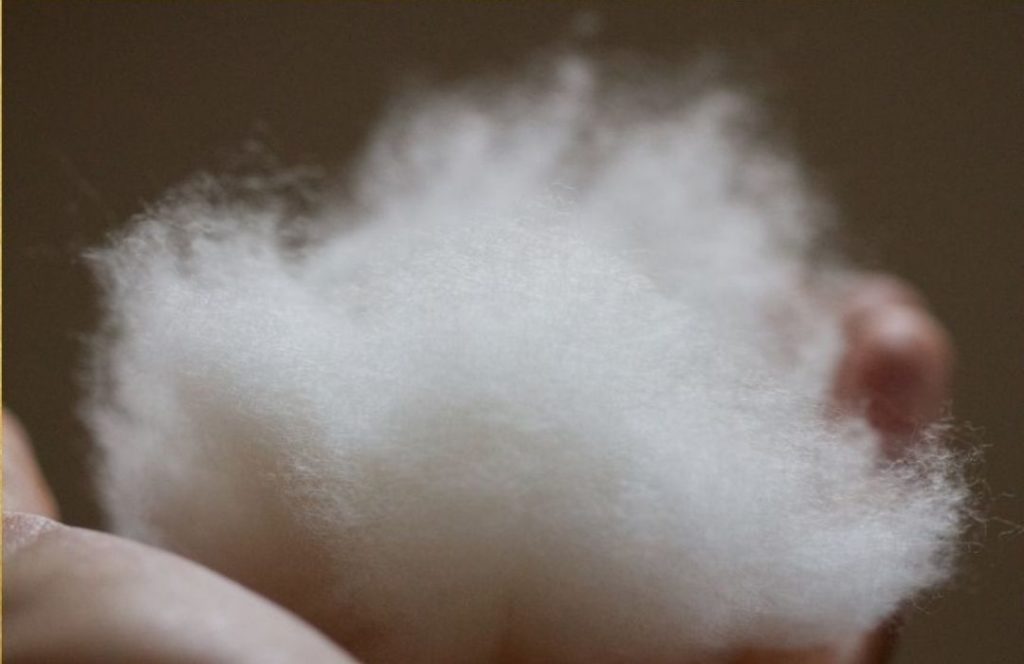
Pashmina finds its origins amidst the awe-inspiring landscapes of the Himalayas, primarily in regions of northern India, Nepal, and Tibet. Here, the Changthangi goat, an incredibly resilient breed, has adapted to the region's harsh climate, developing a fine undercoat that provides both warmth and protection.
Pashmina's journey begins with the sustainable harvesting of this fine undercoat. During the spring shedding season, the goats naturally shed their soft undercoat, which is then gently collected or combed, ensuring the well-being of the animals and preserving the delicate Himalayan ecosystem.
It should be noted that Pashmina in itself is not a fabric. Rather it is an art form that involves the transformation of Cashmere into luxury shawls, wraps, sweaters and accessories.
Natural Luxury - Pashmina
Pashmina's most celebrated quality is the exceptional softness. The diameter of Cashmere fibres measures a mere 12 to 15 microns, making it one of the finest natural fibres in the world. This remarkable fineness creates a fabric that is extraordinarily delicate to the touch, akin to the soft caress of a feather.
Pashmina's unique fibre structure, comprised of fine hair and tiny air pockets, bestows upon it the gift of natural insulation. Despite its lightweight feel, Pashmina is incredibly warm, making it an ideal choice for cold climates. The trapped air within the fibres effectively locks in warmth, providing comfort and protection against the chill.
One of Pashmina's standout qualities is natural breathability. Unlike many synthetic fabrics that can cause discomfort through overheating, Cashmere has the ability to regulate body temperature. It keeps you warm in the cold and cool in the heat, making it an all-season fabric of choice.
An Exquisite Craftsmanship
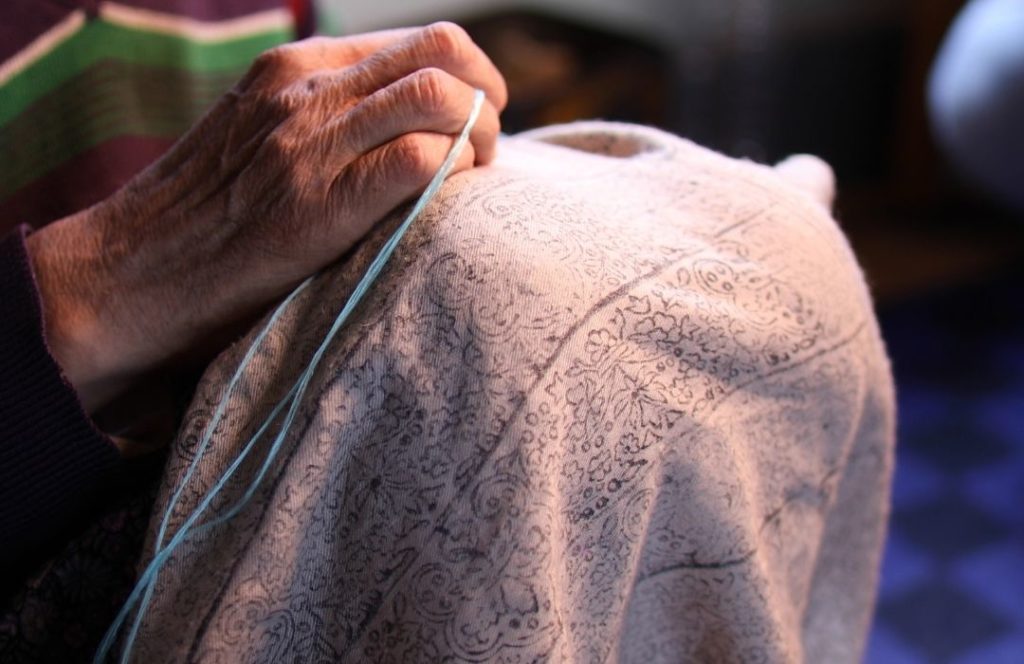
The production of Pashmina is a testament to traditional craftsmanship. Skilled artisans in Kashmir, India, meticulously transform the harvested fibres into luxurious Cashmere fabric. The entire process, from sorting and spinning to weaving, is performed by hand, preserving age-old techniques and ensuring a level of quality that machines simply cannot replicate.
In keeping with its natural origins, Cashmere is often dyed using traditional and natural dyeing techniques. These methods are eco-friendly, resulting in a harmonious blend of vibrant colours while maintaining the fabric's soft and delicate texture
Why is Pashmina better than synthetic fabrics?
Pashmina's natural insulation properties outshine synthetic alternatives. While synthetic fabrics may offer warmth, they often lack breathability and the luxurious feel that comes naturally with Pashmina.
Synthetic fabrics, such as polyester or acrylic, are derived from petrochemicals and have a substantial environmental impact due to the use of non-renewable resources and the release of harmful chemicals during production. In contrast, Pashmina's natural origins make it a more sustainable and eco-friendly choice.
Also read: WHAT IS THE DIFFERENCE BETWEEN A SCARF AND A PASHMINA?
Conclusion
In the great fabric face-off between natural and synthetic textiles, there is no clear winner. Each type of fabric has its own unique properties and advantages, making them suitable for different applications and personal preferences. But in the debate of natural fabric versus synthetic fibres, Pashmina emerges as a shining testament to the unparalleled beauty and advantages of natural textiles. The journey from the remote Himalayan plateaus to the creation of luxurious Pashmina shawls and apparel is a testament to the enchantment of this diamond fibre.
Pashmina's exquisite softness, breathability, and natural insulation make it a superior choice for those seeking both comfort and elegance. Its origin in the Himalayas, the humane harvesting process, and sustainable production methods underscore its eco-friendly nature. Pashmina's biodegradability further aligns it with responsible and ethical textile choices.
Synthetic fibres, though durable and versatile, come at an environmental cost, often involving petrochemicals and contributing to pollution and waste. In contrast, Pashmina embodies a more sustainable and holistic approach to textiles.
In a world where ethical and ecological considerations are increasingly important, Pashmina stands as a symbol of timeless elegance and responsible luxury. It is a fabric that not only adorns but also respects and protects the environment from which it originates.
Also read: CHRISTMAS GIFTS - 8 PASHMINA SHAWLS TO GIFT TO YOUR LOVED ONES